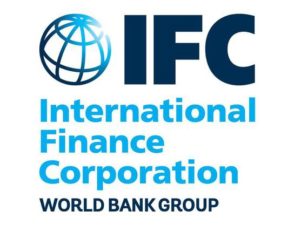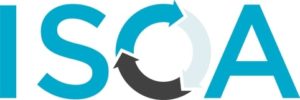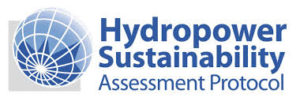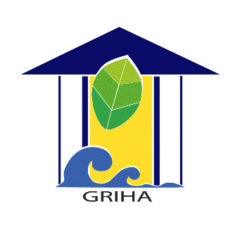
The Sustainable Asset Valuation (SAVi) helps policy makers and investors take informed decisions on infrastructure financing based on customized simulations. The tool forecasts how infrastructure projects will affect and be affected by the environmental, social and economic dynamics and simulates how different risk scenarios affect a project’s financial viability across its life cycle and how material externalities can affect future cash flows. Thereby, SAVi allows to evaluate the financial attractiveness of infrastructure projects across the life cycle, considering important environmental, social, economic and governance factors that are overlooked in traditional valuations, and to compare different infrastructure scenarios and their financial viabilities.
Lifecycle Phase(s): FinanceDevelopers decide how to pay for their project.
Type(s) of Tool: Economic / Financial ValuationsAnalyses the economic/financial value and risks related to projects.









